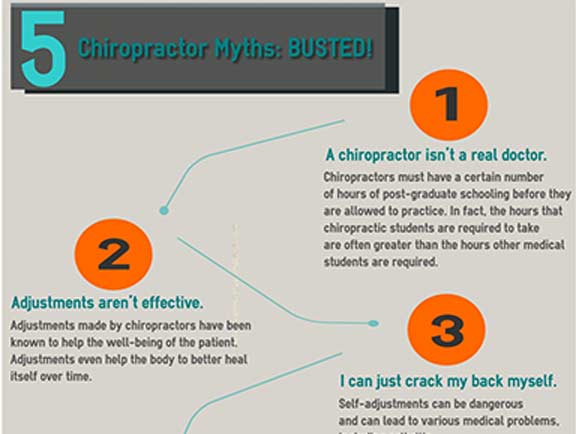Unveiling The Scientific Mechanisms And Performance Of Cold Laser Treatment
Unveiling The Scientific Mechanisms And Performance Of Cold Laser Treatment
Blog Article
Article By-Hassing Clarke
When considering the scientific research behind cold laser treatment, you may be interested by exactly how a non-invasive therapy can produce such promising results for different conditions. The mechanism behind its performance depends on its capacity to target cells and boost physical feedbacks that advertise healing and pain relief. Understanding the complex mobile impacts and scientific results of cold laser therapy can clarify its expanding popularity amongst medical care experts and patients alike.
System of Action
Exploring the system of action behind cold laser treatment exposes just how this therapy modality communicates with the body to promote recovery. When the cold laser is put on the skin, it permeates the layers and is taken in by light-sensitive particles within the cell. This absorption causes a collection of organic actions that result in enhanced cellular energy manufacturing. Consequently, the cells have more power to fix and restore, speeding up the recovery procedure.
The laser light also aids to minimize inflammation by reducing swelling and boosting blood circulation in the targeted location. By promoting the release of endorphins, which are the body's all-natural pain relievers, cold laser therapy can effectively reduce pain and discomfort. Furthermore, it improves cells oxygenation and nutrient distribution, critical for optimal healing.
Along with these benefits, cold laser treatment has actually been located to promote the manufacturing of collagen, a healthy protein necessary for tissue repair work and regrowth. This increase in collagen production can improve the overall toughness and versatility of the cells, further sustaining the recovery process.
Mobile Impacts
The cellular results of cold laser therapy materialize with increased energy production and improved cellular repair work systems. When https://www.everydayhealth.com/wellness/red-light-therapy/guide/ permeates the skin and reaches the targeted tissues, it stimulates the mitochondria, the powerhouse of the cell, to produce more adenosine triphosphate (ATP).
This boost in ATP offers cells with the power they require to carry out various functions, such as repairing damages and reducing swelling.
In addition, cold laser therapy causes a cascade of biochemical reactions within the cells that advertise healing and regeneration. By boosting mobile fixing mechanisms, the treatment speeds up tissue healing and decreases healing time from injuries or specific problems.
This process likewise assists to boost blood flow to the treated location, generating even more oxygen and nutrients important for mobile repair work.
Scientific Effectiveness
Cold laser treatment has shown its professional effectiveness in different clinical applications, showcasing its effectiveness in advertising recovery and decreasing healing times. This non-invasive treatment has been discovered useful in accelerating cells repair work, reducing inflammation, and eliminating pain. Study has revealed that cold laser treatment can improve the recovery process by advertising the manufacturing of adenosine triphosphate (ATP) in cells, which is vital for mobile feature and regrowth.
In https://alexisidyrm.blazingblog.com/29111621/exploring-cold-laser-therapy-efficacy-numerous-applications-and-associated-perks , cold laser therapy has confirmed to be efficient in dealing with problems such as tendonitis, arthritis, repetitive strain injury, and sporting activities injuries. https://family-chiropractic-healt73951.activoblog.com/29459161/explore-the-surprise-benefits-of-cold-laser-therapy-and-its-remarkable-impacts-on-various-health-and-wellness-concerns going through cold laser treatment have reported substantial discomfort decrease, enhanced variety of activity, and much faster healing contrasted to conventional treatments.
The targeted application of low-level laser light penetrates deep right into tissues, stimulating organic processes at a cellular level without causing any discomfort or adverse effects.
Verdict
To conclude, cold laser therapy functions by stimulating cellular power production to promote healing and reduce pain.
By targeting the source of swelling and injury at a mobile degree, this non-invasive therapy has revealed to be efficient in enhancing blood circulation, accelerating cells repair, and offering relief for a selection of problems.
Its ability to boost natural recovery mechanisms makes cold laser therapy an important option for people seeking a risk-free and efficient method to handle their pain and recover their injuries.
